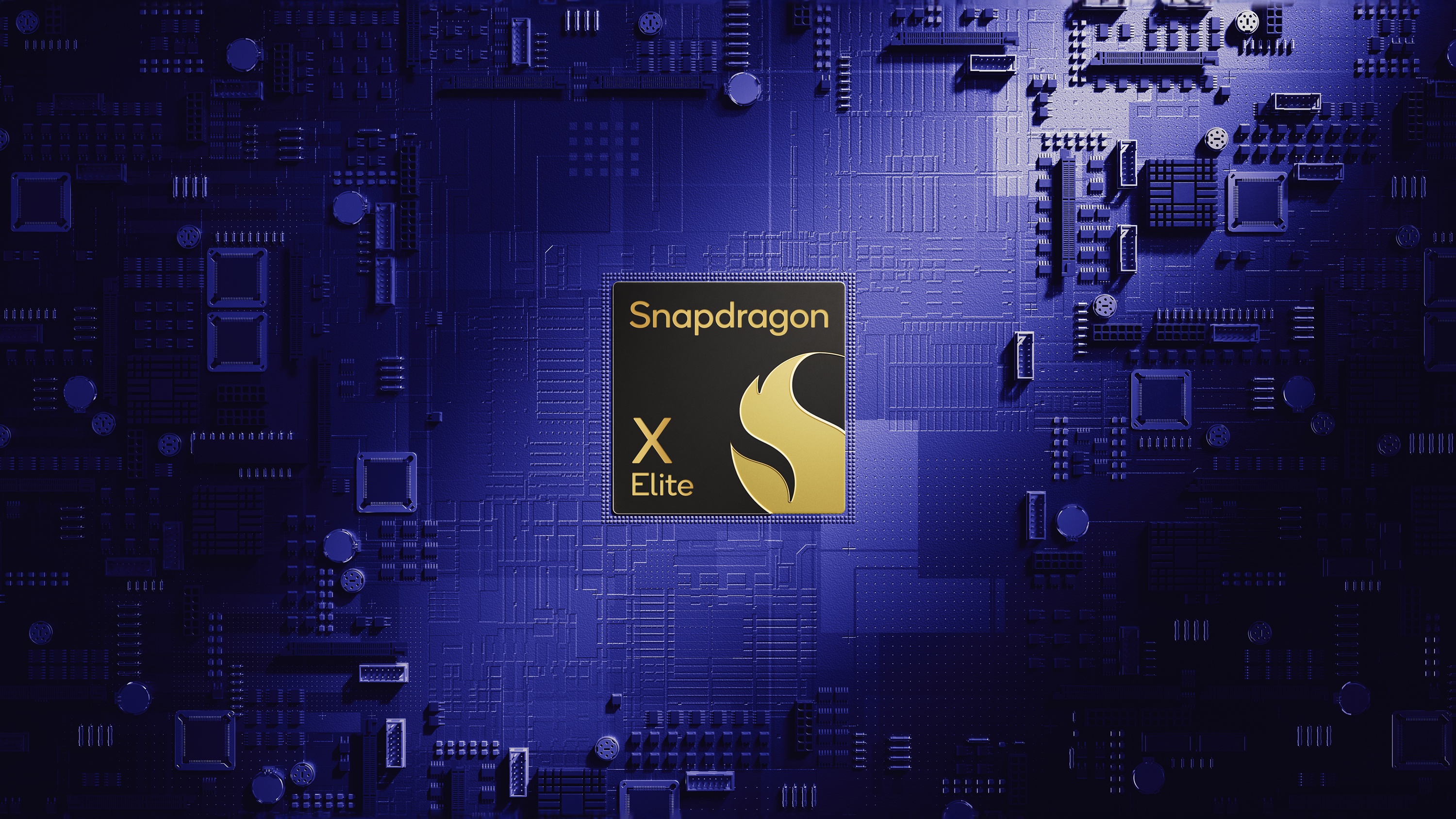
After months of accumulated hype, Windows on Arm laptops boasting the Qualcomm Snapdragon X Elite processors have landed. Qualcomm promised "flawless" compatibility with Windows games, but while it's some games do indeed run well on the hardware, the performance gaps between Snapdragon X Elite and competing AMD/Intel iGPUs are oftentimes staggering. And that's only when the games actually work to begin with — which they often do not.
Despite how boldly Qualcomm attempted to push Windows on Arm gaming with its Snapdragon X Elite at the 2024 Game Developers Conference, including claims that their games simply "will work", it seems that there are still potentially years of software and driver development progress to be made before Qualcomm will be capable of making gaming-competitive laptop processors. Which should hardly be a surprise for anyone that watched Intel's Arc Graphics launches play out starting in 2022.
When we at Tom's Hardware were able to test some reference Snapdragon X Elite laptops back in April, there were plenty of flashy canned benchmark results and only limited gaming tests. Even at the time, the selection of games seemed limited and not all titles were able to maintain a steady 30 FPS — hardly on par with the likes of an integrated Radeon 780M iGPU, as is common in AMD laptops and somewhat similar to certain gaming handhelds.
In Snapdragon X Elite's showing at that April event, Qualcomm claimed "Best-in-class GPU performance" with 36% higher GPU performance numbers than the Intel Core Ultra 7 155H and its integrated Arc Graphics. Those claims were based on the 3DMark Wild Life Extreme benchmark, which is far easier to target that the massive backlog of thousands of games that can be run on a modern Windows PC.
PCWorld and others have duplicated this testing with the now publicly available Snapdragon X Elite and Core Ultra 7 laptops. It found that not only was the X Elite dreadfully incapable of running many games and core applications (like Premiere and After Effects), the Snapdragon X Elite was significantly worse than the Core Ultra 7 in every game the site tested. In some extreme cases like Civilization VI, the integrated Intel Arc Graphics were as much as 3.5 times faster than the Snapdragon X Elite's onboard Qualcomm Adreno X1.
There are silver linings to Snapdragon X Elite laptops for sure, but gaming performance is unfortunately not one of them. Even low-end AMD and Intel iGPUs start looking like a better option when you remember they can still at least launch some of the most popular multiplayer games instead of crashing or locking up. Windows on Arm currently seems to have worse game compatibility and perforamnce with Windows games than the average Steam Deck, which is also available for a much lower price.
As an imperfect shorthand for reference, the official list of "Windows on Arm Ready Games" totals at 1,259 titles and includes a number of very non-demanding indie and 2D games. The Steam Deck using Valve Proton, a Linux compatibility tool, crossed 12,100 Verified and Playable Games in October of last year, and that number has since increased to 15,391 Verified and Playable Games according to SteamDB.
For gaming on the go, that means a Steam Deck LCD, which can be had for as low as $300 these days and is much weaker on paper than the Snapdragon X Elite Adreno graphics, still offers an undeniably better gaming experience. And yes, Control and the like definitely run better on Deck. Many more games "will work" on Steam Deck and its ilk or an actual Gaming Laptop, for that matter.
The Adreno graphics in the Snapdragon X Elite offer up a theoretical 4.6 teraflops of FP32 compute. The iGPU shares memory with the rest of the system, with up to 135 GB/s of bandwidth thanks to the LPDDR5x-8448 memory. A Steam Deck using an AMD 'Van Gogh' APU by contrast has a seemingly pathetic 1.6 teraflops of compute and 102 GB/s of bandwidth. But it also benefits tremendously from AMD's driver experience and a native x86 architecture that doesn't require emulation. (Plus a lower resolution for the built-in display, but that's a different matter.)
Long-term, we expect Qualcomm to improve driver and software support for its Snapdragon X-series processors. Game developers may even start creating native Arm ports to help with performance. Intel's Arc Graphics in the Core Ultra 7 155H has 4.6 teraflops of compute with up to 119 GB/s of shared memory bandwidth, so given appropriate developer and driver support, it's conceivable that the integrated Adreno GPUs could deliver similar performance to Intel's (Meteor Lake) Arc Graphics.
But then next month we'll get AMD's 'Strix Point' Ryzen AI processors, with up to 5.8 teraflops of compute plus AMD graphics drivers. It's a safe bet that Qualcomm's Adreno iGPU won't be able to come anywhere near matching that level of performance, at least not for this generation of Snapdragon X Elite hardware.







